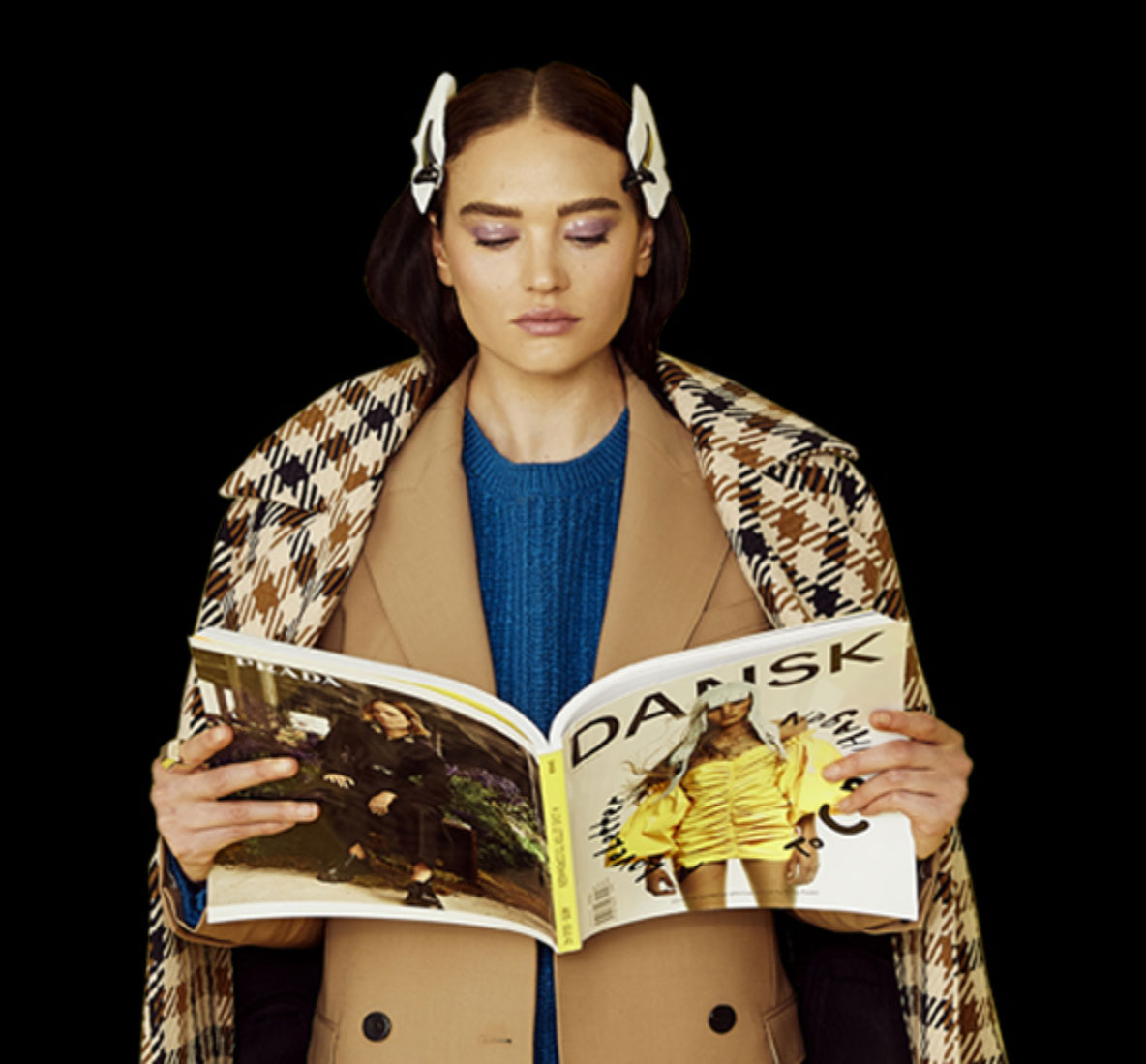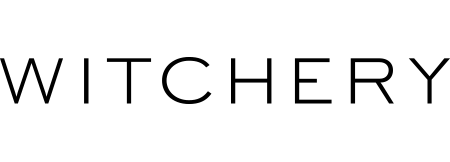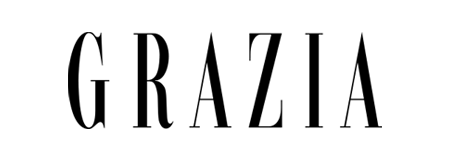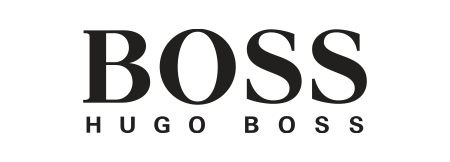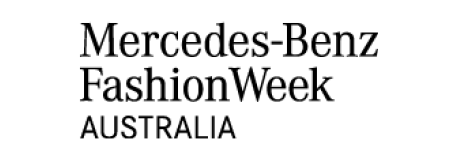“There is no beauty in the finest cloth if it makes hunger and unhappiness.” Mahatma Gandhi said these words while addressing factory workers in India in 1982. 36 years later, they are still as relevant as ever.
Fashion Revolution Week was born five years ago in the wake of Rana Plaza, one of the world’s worst industrial disasters. Due to catastrophically unsafe working conditions,1,332 garment factory workers lost their lives when the building collapsed.
Today, fashion production is still, in some cases, responsible for hunger, unhappiness, hazardous work conditions, massive amounts of environmental waste and pollution and even death. That’s why this week, Fashion Revolution is calling for a fairer, safer and cleaner fashion industry.
Let’s reduce waste. Every year Australians throw away over $500 million of clothing, that’s 6000kg of apparel being tossed into landfill every 10 minutes. This combined with the material and chemical waste accumulated in production makes the fashion industry the second largest polluter in the world.
Some of the clothing we discard of was made in unsafe conditions by women and children as young as five, earning less than $3 a day. The fashion industry has also racked up a score of human and animals rights violations.
Thanks to the fast fashion industry giants, clothing is so trend focused, affordable and accessible that we are buying more than ever.
So are people wanting to change? Lauren Di Bartolo, personal stylist and founder of Australian Style Institute has noticed changes in in customer buying habits over the past five years.
“In many cases, a client will tell me that buying quality matters to them, they’re interested to know who has made their clothes and that it’s going to last more than a season. As a stylist, I have the opportunity to introduce my clients to brands that are going to align with their values, including environmental ones,” says Lauren.
The onus is on companies to slow down overproduction in the fast fashion industry. Labels are adopting more sustainable production, distribution and marketing practices and strategies, but we still have a ways to go.
Let’s clarify what that all means.
Sustainable fashion is a broad term with no clear definition, so we have broken down some of the fundamental concepts to help you slow down fast fashion.
Conscious Clothing
Conscious fashion is concerned with the impact fashion has on the environment. It works to drive companies towards cleaner and less harmful production practises. It generally calls for eco-friendly materials and clothing production. Conscious fashion products may have certification stamps from a regulatory body that monitors their environmental impacts.
Ethical Fashion
Ethical fashion is concerned not the environmental impacts of fashion and also its impact on human and animal rights. It endeavours the improve the lifestyles of garment workers in sweatshops and generally uses vegan materials.
Cruelty-Free Clothes
Cruelty-free fashion does not use any animal tested materials or which have been in any way associated or produced through animal cruelty. The clothing, the packaging and anything else used by cruelty-free brands is made with vegan materials and does not contain any animal products or byproducts.
Slow Fashion
Slow fashion is simply, buying less, buying better and buying from labels with better sustainability practices. Treat items of clothing as investments, spend a few extra dollars on items made higher quality materials. This means a longer lasting piece with a better fit and less negative implications.
As consumers, slow fashion simply asks us to be more mindful and active consumers. If you want to become a more sustainable shopper, there are things you can do. Buy less and buy better. Buy from thrift stores, markets and local designers, buy from Australian made labels, or up-cycle and donate your clothes.
Now is the time to think about the real cost of your clothes, beyond the price tags.
Written by Kaitlyn Wilson.





